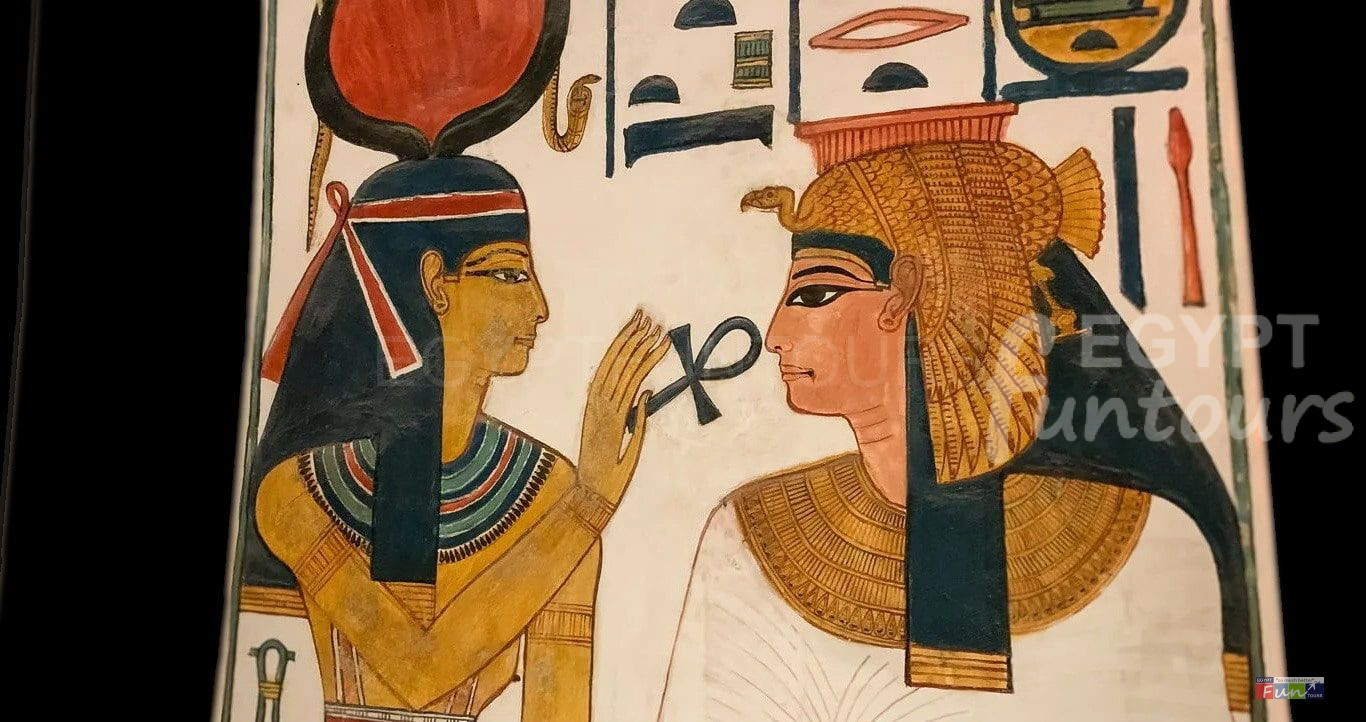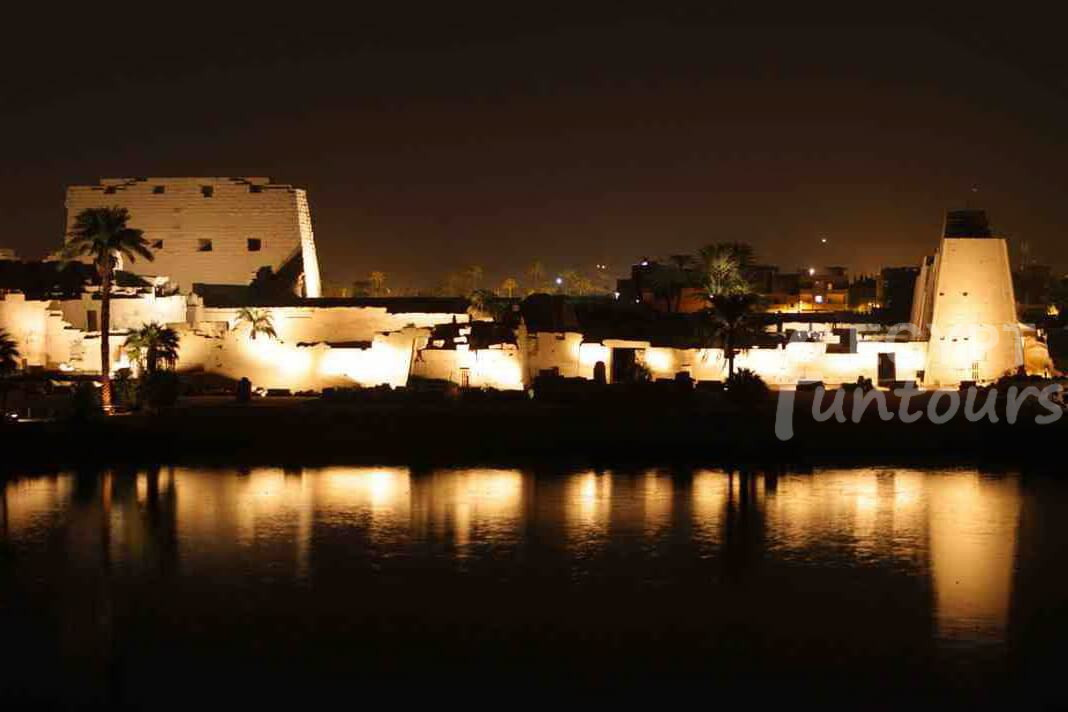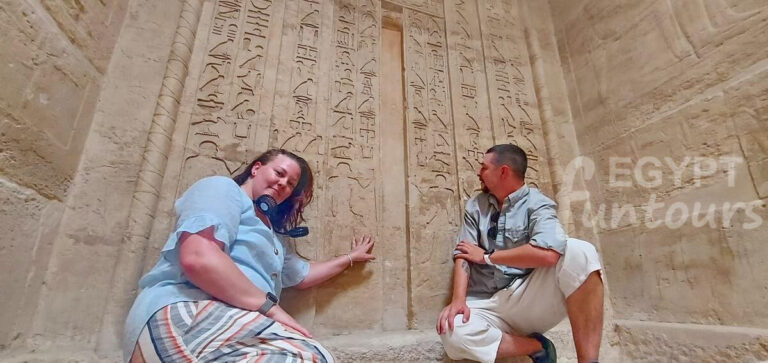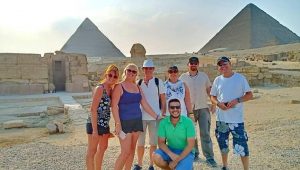Welcome to the Matriarchy of Mut: The Great Mother
Mut is a major ancient Egyptian goddess whose name literally translates to “Mother.” She rose to immense political and religious prominence during the New Kingdom, establishing herself as the powerful consort of the state god Amun. She formed the central female figure in the Theban Triad alongside Amun and their son, Khonsu. Mut embodied the fundamental concept of the divine mother and queen, sanctioning the power of the pharaohs. She is primarily depicted as a woman wearing the distinct crowns of Egypt or, profoundly, as a vulture, a symbol of powerful maternal protection. Her cult center was the vast sacred precinct at Karnak, specifically the Temple of Mut, which housed unique features linking her to the fierce war-goddess Sekhmet. Her rise mirrors the rise of Thebes itself, cementing her status as the Queen of the Gods.



























